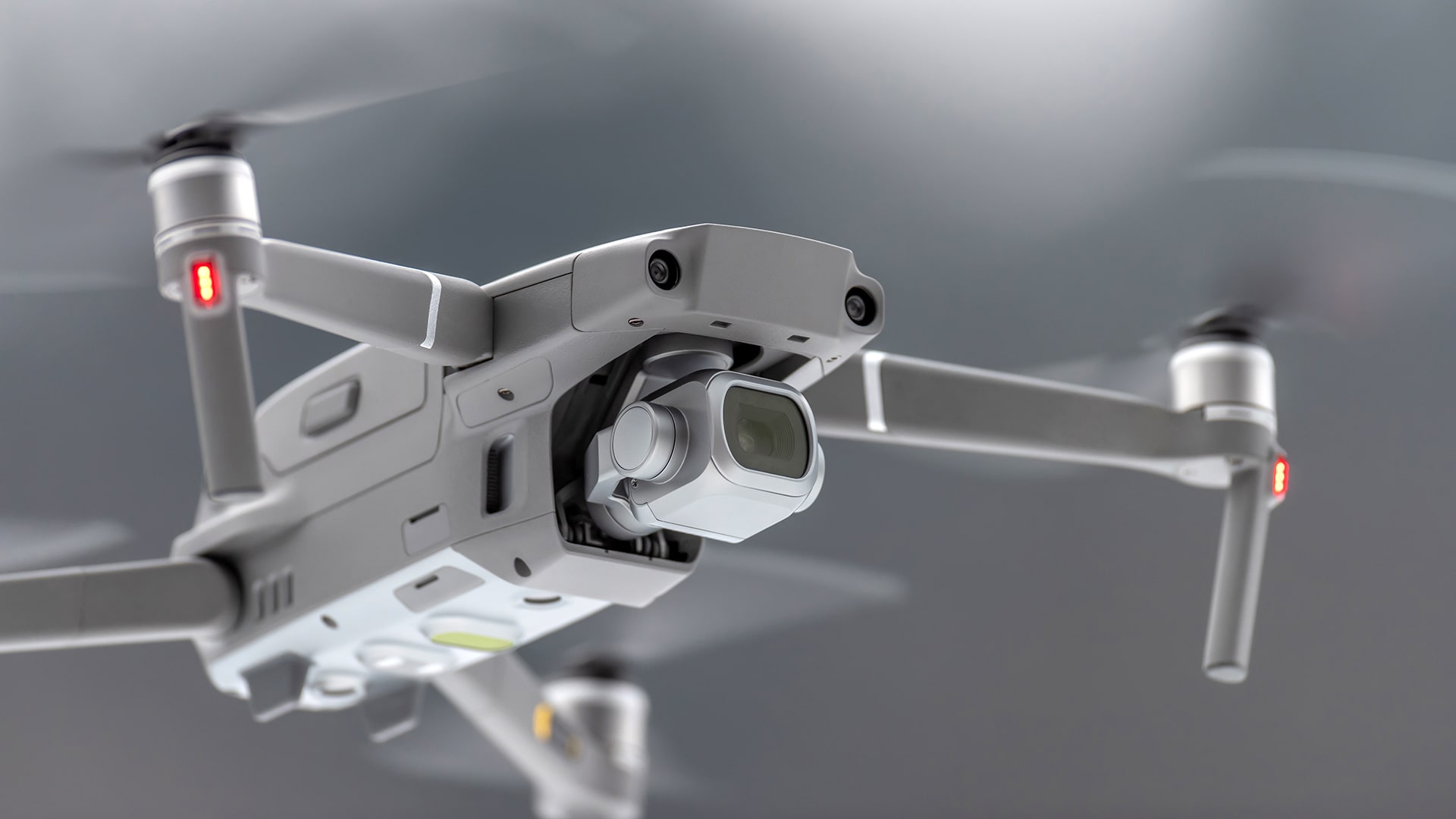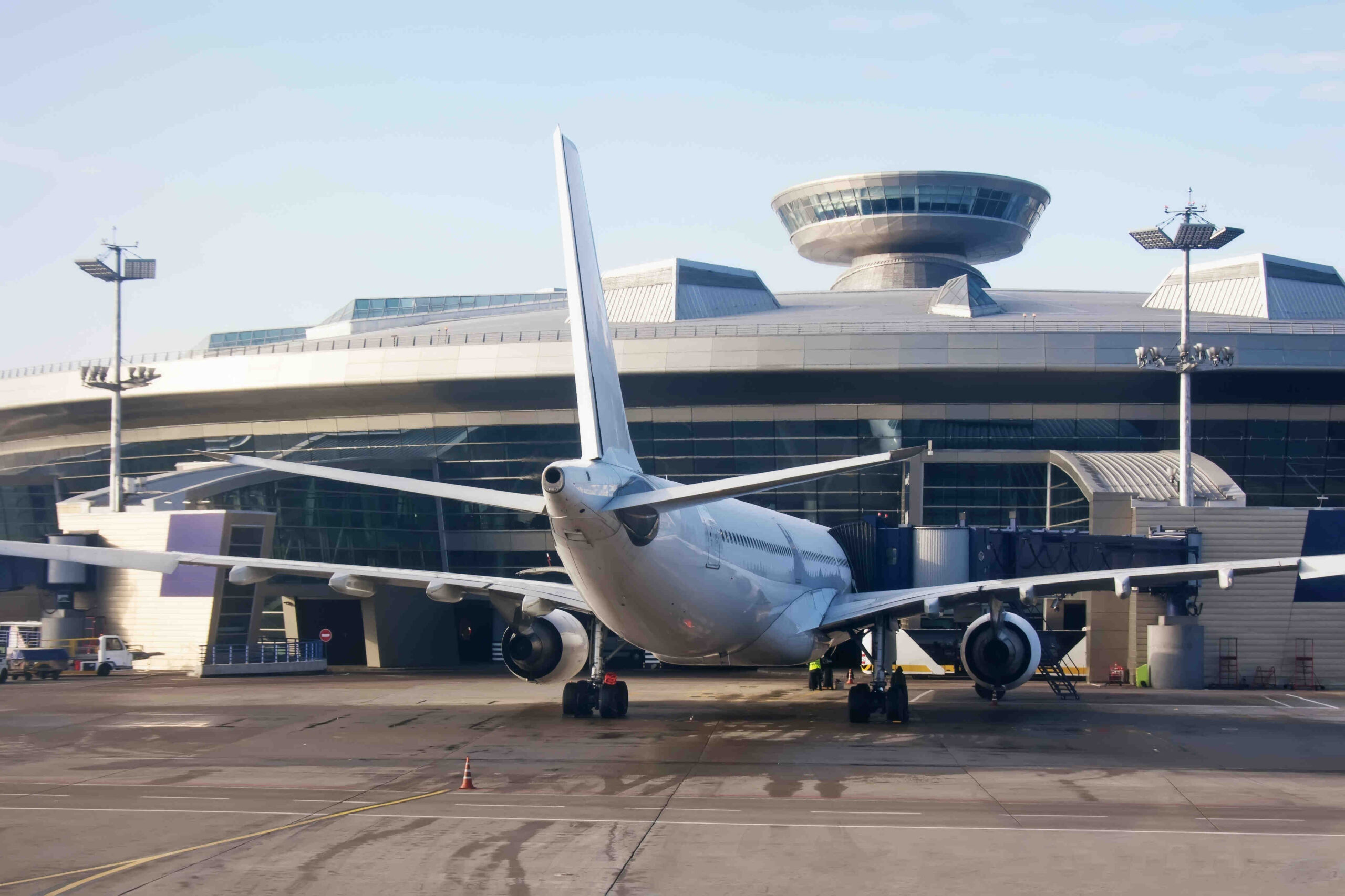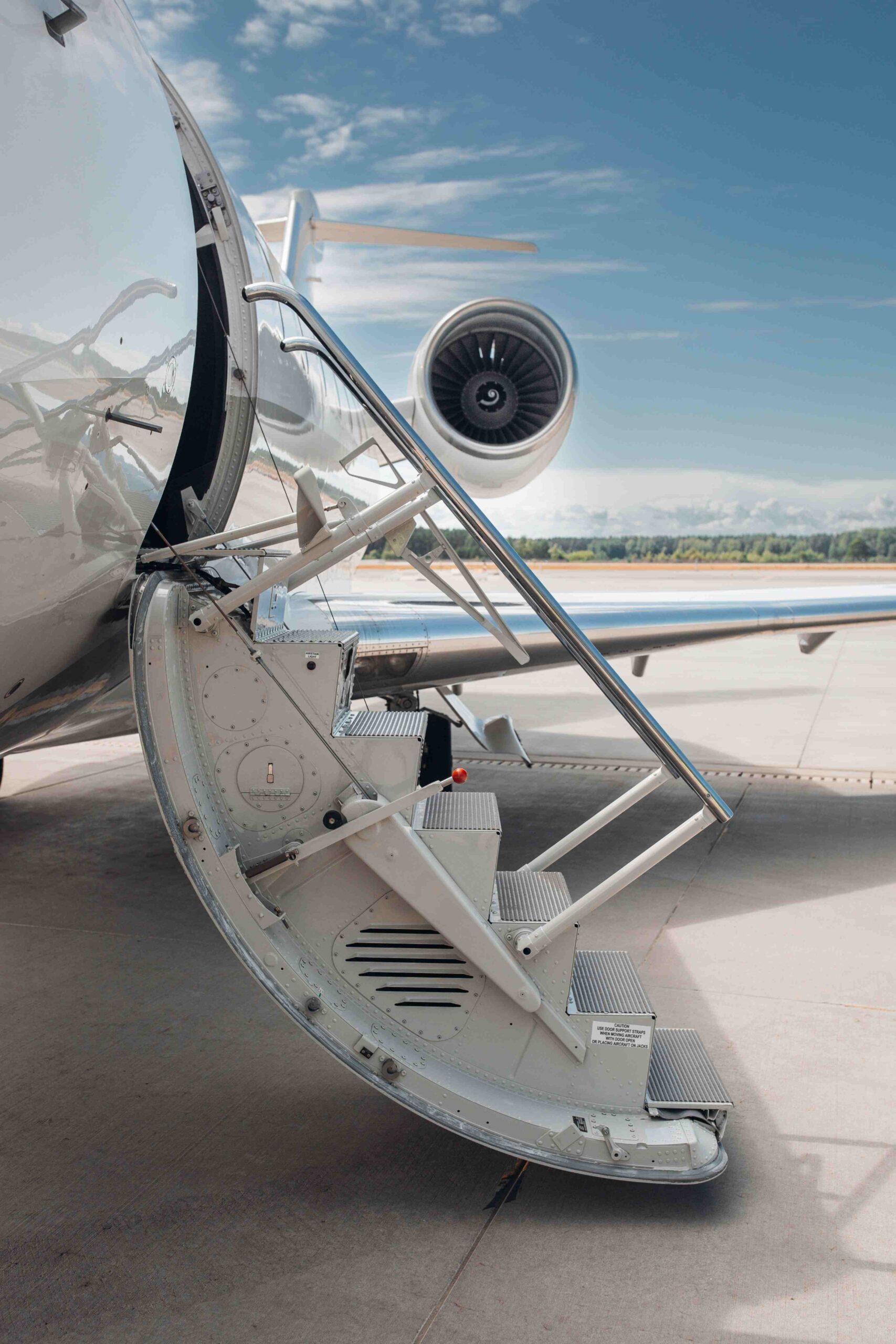1. Introduction
The UAV and UAS markets have been showing steady, increasing growth year after year in Europe. Some of the world’s top drone service providers are based here, and their results are proof of continuous and considerable market growth. Some forecasts predict that the European drone market will more than double in size between the years 2018 and 2024. Others predict that revenues generated from commercial drone use in Europe will grow from USD 251 million in 2020 to USD 3 billion in 2025 Different estimates see the region’s drone market bringing in EUR 10 billion annually by 2035, and over EUR 15 billion annually by 2050, with countries like Germany, France and the UK representing the lion’s share of this total mainly due to their regulatory structure and the sheer size of their economies.
This predicted growth will most likely stem from an increase in popularity in commercial drone usage in many areas. According to SESAR (Single European Sky ATM Research), there are presently around 10,000 commercial UAV’s in use in Europe – with forecasts for this number to rise to 200,000 in 2025, and up to 395,000 in 2035.
The non-military use of drones is already significant and extensive, spreading to areas never before though possible just a decade or so ago. UAVs are presently being used by the media (TV), in law enforcement and policing activities, in border patrols, for agricultural and environmental monitoring, by fire services, for power line surveying, aerial photography, and in security management systems (mostly in autonomous and semiautonomous locomotion). For practical applications of UAVs in security management systems, please see “A Cyber-Vigilance System for Anti-Terrorist Drives Based on an Unmanned Aerial Vehicular Networking Signal Jammer for Specific Territorial Security” , “Design and implementation of a cyber-vigilance system for anti-terrorist drives based on an unmanned aerial vehicular networking signal jammer for specific territorial security”, “An Aerial Landmine Detection System with Dynamic Path and Explosion Mode Identification Features”.
Moreover, SESAR predicts that the application of UAVs will be more diverse as we move forward, with rising numbers of drones employed in the energy sector, public safety and security, mobility and transport, the media, insurance, e-commerce and delivery, real estate, academic research, telecommunications, and mining and construction.
It is no surprise that authorities across the Old Continent are scrambling to make Europe a powerhouse in terms of unmanned aerial business and a global first with regards to the mainstream and commercial use of UAVs. Take, for example, the U-Space initiative and its goal to implement a future air traffic management system that is open to and even capable of monitoring and directing drones (UAS Traffic Management, UTM. Ambitious as this may sound, such initiatives get the ball rolling for a future that is integrated with unmanned vehicles.
As with every new technology, unmanned aircraft vehicles or systems possess their own regulatory and legal constraints. However, the main legal issue is of a regulatory nature, as the central aim of aviation regulations is to provide an adequate level of safety. In the case of UAVs, regulations aim to protect third parties on the ground and in the air, as there are no crew or passengers on board.
In order to enable the safe operation of remotely-controlled aircraft, or their operation by automated flight control systems, it is essential to develop detailed solutions for a number of technical and operational aspects.
This includes but is not limited to the following issues:
- airworthiness standards for UAV and UAS elements,
- data transmission standards for remote pilot stations, including protection against unauthorized interference etc.,
- collision avoidance systems, including motion and obstacle detection,
- emergency systems (e.g. loss of communications),
- unmanned traffic management systems,
- operator competences and training.
Drafting regulations that would enable the safe operation and development of unmanned aviation is no easy task. These need to be developed with a thorough understanding of the technology involved and with detailed knowledge of the risks that come with UAV operations. The scope of integration of UAVs with manne aviation is especially significant, as both operate within the same airspace. This is a long-term challenge for UAS, however it is codependent on improvements made in the field of manned aviation in the future.
From a regulatory point of view, the first step on the road to the integration of manned and unmanned flight is to allow for Visual Line of Sight Operations (VLOS). Most countries have already taken the appropriate steps for this by adopting or developing their national legislation to include drones, usually with weight limits up to 25 kg, in VLOS operations.
The next step forwards is for a regulator to allow Beyond Visual Line of Sight Operations (BVLOS) outside of segregated airspace or autonomous operations – which is now the case in Poland and some other EU countries.
When thinking about the European Union, it is all too convenient to think of its constituents as a single uniform marketplace. In reality, the EU it a group of drone technology markets each with their own regulations, and all of these have distinct specifications characteristic to their respective countries. Over the years, these regulations have been a barrier for the adoption of commercial drone technology across the region, with EASA (European Union Aviation Safety Agency) even claiming that they stifle business development and innovation. But this is about to change with the agency’s publication of a set of common, Pan-European regulations for UAV operations.
This paper will analyze current regulations in Poland and new EU regulations, showing how the region’s drone market will change in the nearest future.
2. EU Regulations
“Europe will be the first region in the world to have a comprehensive set of rules ensuring safe, secure and sustainable operations of drones both, for commercial and leisure activities. Common rules will help foster investment, innovation and growth in this promising sector” – Patrick Ky, Executive Director of EASA.
In 2014, the European Commission published a communication entitled “A new era for aviation. Opening the aviation market to the civil use of remotely piloted aircraft systems in a safe and sustainable manner”.
Next, a legislative process aimed at extending the EU’s competences in terms of safety regulations for drones and their operations was launched in 2015. In the opinion of EU institutions, the differences that exist between national regulations of Member States hamper market growth for the entire UAS sector.
By adopting Regulation (EC) No 216/2008 of the European Parliament and of the Council on common rules in the field of civil aviation, and by establishing the European Aviation Safety Agency (through the so-called Basic Regulation on EASA), the EU set out to regulate matters related to the operation of civil unmanned aircraft with an operating mass of less than 150 kg. The establishment of regulations that concern unmanned aircraft used by the military, governmental services, average citizens, those designed for experimental purposes, and all other unmanned aircraft with an operating mass of no more than 150 kg fall within the competences of EU Member States. Such a state of affairs resulted from the fact that EASA’s competences were extended in 2008 with the adoption of Regulation 216/2008, however the EU did not take into consideration the then unpredictable and rapid development of the unmanned aircraft sector.
On September 11th, 2018, Regulation (EC) No 216/2008 was repealed with the purpose of the new regulation establishing and maintaining a high and uniform level of civil aviation safety in all Member States, including the harmonization of regulations on the use of UAVs in all EU countries. Some of the main changes that were introduced included the obligation for operators to register their UAVs online (those weighing over 250 g) and common standards for UAV certification. However, these EU regulation serve as guidelines and do not contain specific provisions on the implementation of UAV operations, which were introduced by the Commission’s delegated and implementing regulations.



